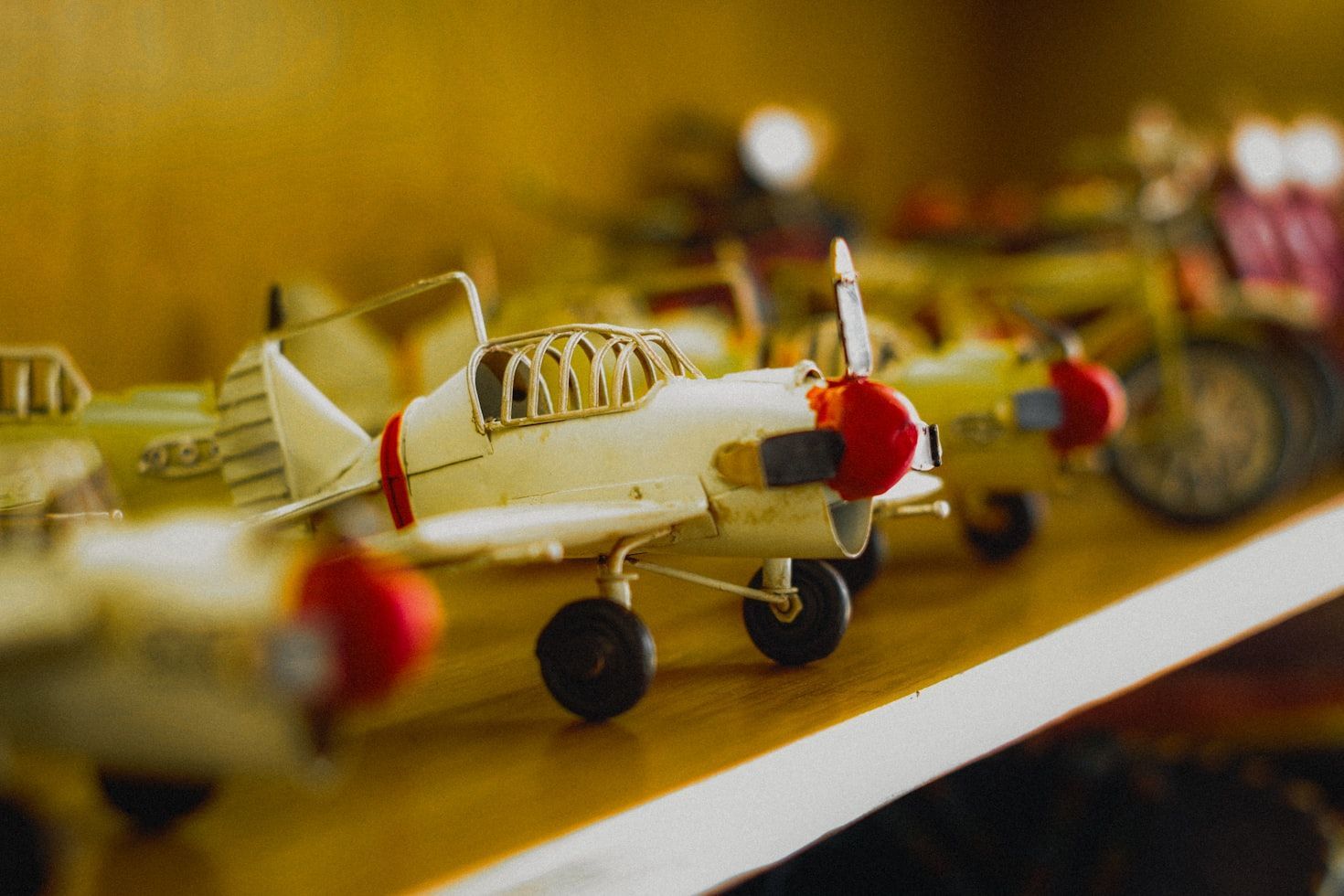What about geese is silly?
It's not so bad if someone calls you a "donkey." Here's why
Published on May 5, 2025
 Credit: Pixabay
Credit: Pixabay
Sure, sheep are obedient, and geese are loud. But when did we decide to start calling each other animal names? Since biblical times, we’ve been dragging innocent animals into our human drama to describe each other’s worst behavior. In this article, we’ll explore whether that’s fair, and what other traits animals like donkeys or rats could be identified with.
Donkey
 Credit: A. G. Rosales
Credit: A. G. Rosales
"Donkey" doesn’t have to be as offensive as one might think. Donkeys aren’t stupid—they’re just cautious. Up until the 1800s, they were known primarily as hardworking animals. But around that time, they fell out of favor as people began to notice their stubbornness.
Today, calling someone a donkey implies they’re being obstinate—or, plainly, dumb—though it’s milder than other animal insults. We can partly blame Mark Twain for popularizing the term as a stand-in for silly behavior.
Pig
 Credit: Pixabay
Credit: Pixabay
Blame medieval farmers for this one. By the 1500s, pigs’ legendary love of mud and gluttony had made them the perfect metaphor for human greed and sloppiness.
Today, calling someone a pig might accuse them of being messy, greedy, or even violent, depending on the context. You can always upgrade it to "swine" if you’re looking for a classier way to call someone "awful."
Snake
 Credit: Tomáš Malík
Credit: Tomáš Malík
Snakes never did have a good reputation. Their association with sneaky, venomous behavior (already present in the story of the Garden of Eden) meant that by the time Shakespeare was learning to write, "snake" had become the go-to insult for backstabbers.
Today, it’s still the ultimate label for betrayal. Snakes do have a knack for hiding before they strike, and they are, after all, the subject of one of the world’s most widespread phobias.
Rat
 Credit: Pixabay
Credit: Pixabay
"Rat" is another word for traitors—and one no one wants to be called. Rats are blamed for silently spreading disease and fleeing sinking ships. Their sneakiness made them a metaphor for turncoats and informants as early as the 1600s.
But you have to admit: the fact that they know when it’s time to leave a sinking ship hints at their intelligence. They’re also highly social animals.
Weasel
 Credit: Georg Wietschorke
Credit: Georg Wietschorke
Weasels earned their shady reputation by sucking eggs clean. President Theodore Roosevelt popularized the term weasel words in 1916 to call out the slippery language of public figures.
Today, calling someone a weasel suggests they’re manipulative or evasive, especially in business or law. Unlike "rat," which screams betrayal, "weasel" implies quiet trickery.
Goose
 Credit: Pixabay
Credit: Pixabay
This might be the nicest insult on the list. Someone’s light-hearted attitude—or their playful, absent-minded mistakes—might earn them a loving "silly goose" medal.
But why? Geese aren’t clumsy or silly at all. We might interpret their cackles as loud and erratic, but it’s simply the language they’ve developed to communicate with the rest of the flock—they’re highly social animals!
Turkey
 Credit: Andrew Patrick Photo
Credit: Andrew Patrick Photo
It was around the 1920s that "turkey" became slang for a theatrical failure—what we’d now call a "flop." The myth that turkeys drown in the rain sealed their dumb reputation, though real turkeys are surprisingly clever. Today, calling someone a turkey is usually a light jab at their clumsiness or incompetence.
Sheep
 Credit: Trinity Kubassek
Credit: Trinity Kubassek
Enlightenment thinkers like Voltaire used "sheep" to mock blind followers, and the insult stuck. It’s still hurled at conformists who seem to heedlessly obey norms. The irony? Real sheep have impressive navigation skills and emotional intelligence.
Vulture
 Credit: Harry Lette
Credit: Harry Lette
This one is hard to dispute: the image of lurking vultures is too unpleasant for them to earn any other reputation. Nothing says "exploiter" like a bird that feeds on corpses.
Since the 1500s, the behavior of professionals with shady morals or people who target anyone’s suffering for profit has usually been compared to that of "vultures."
Buzzard
 Credit: Obo Teng
Credit: Obo Teng
Buzzards are not vultures, and their name is used with a slightly different meaning. These hawks earned a mistaken reputation back in the Middle Ages. At the time, Europeans compared their behavior to that of noble falcons (good hunters) and concluded that buzzards must simply be lazy.
As a result, the word became a synonym for "incompetent" or "uncooperative."










